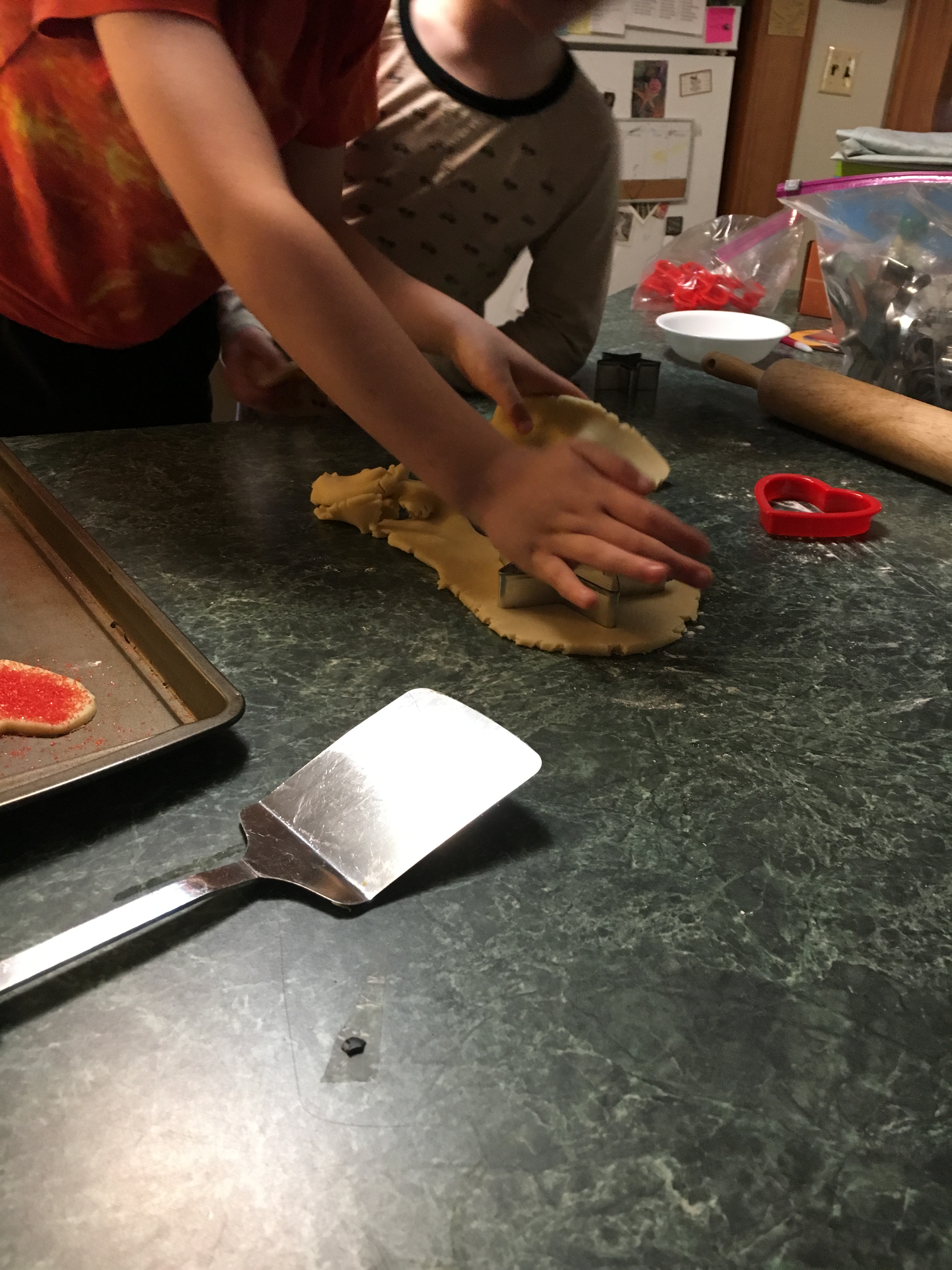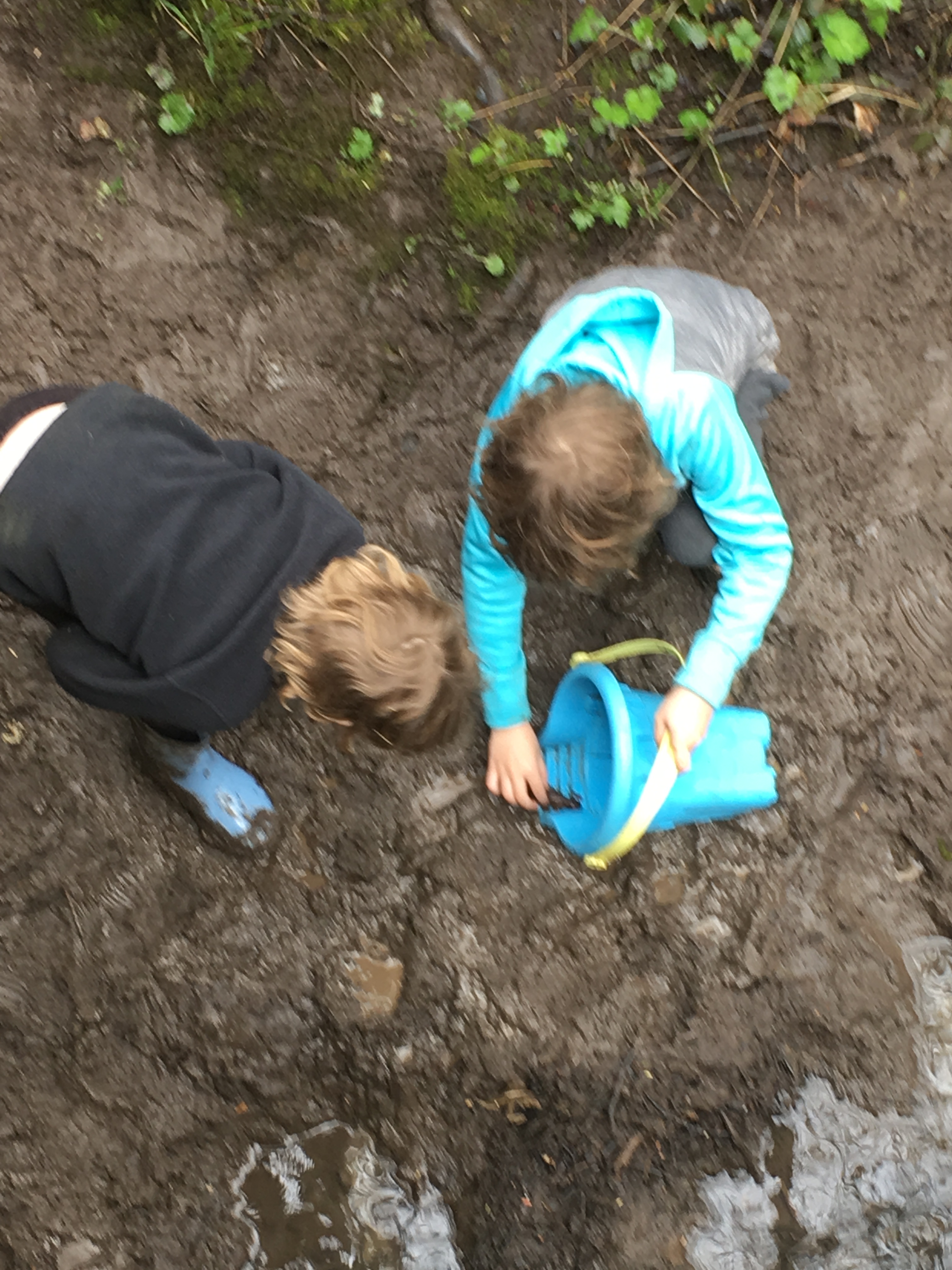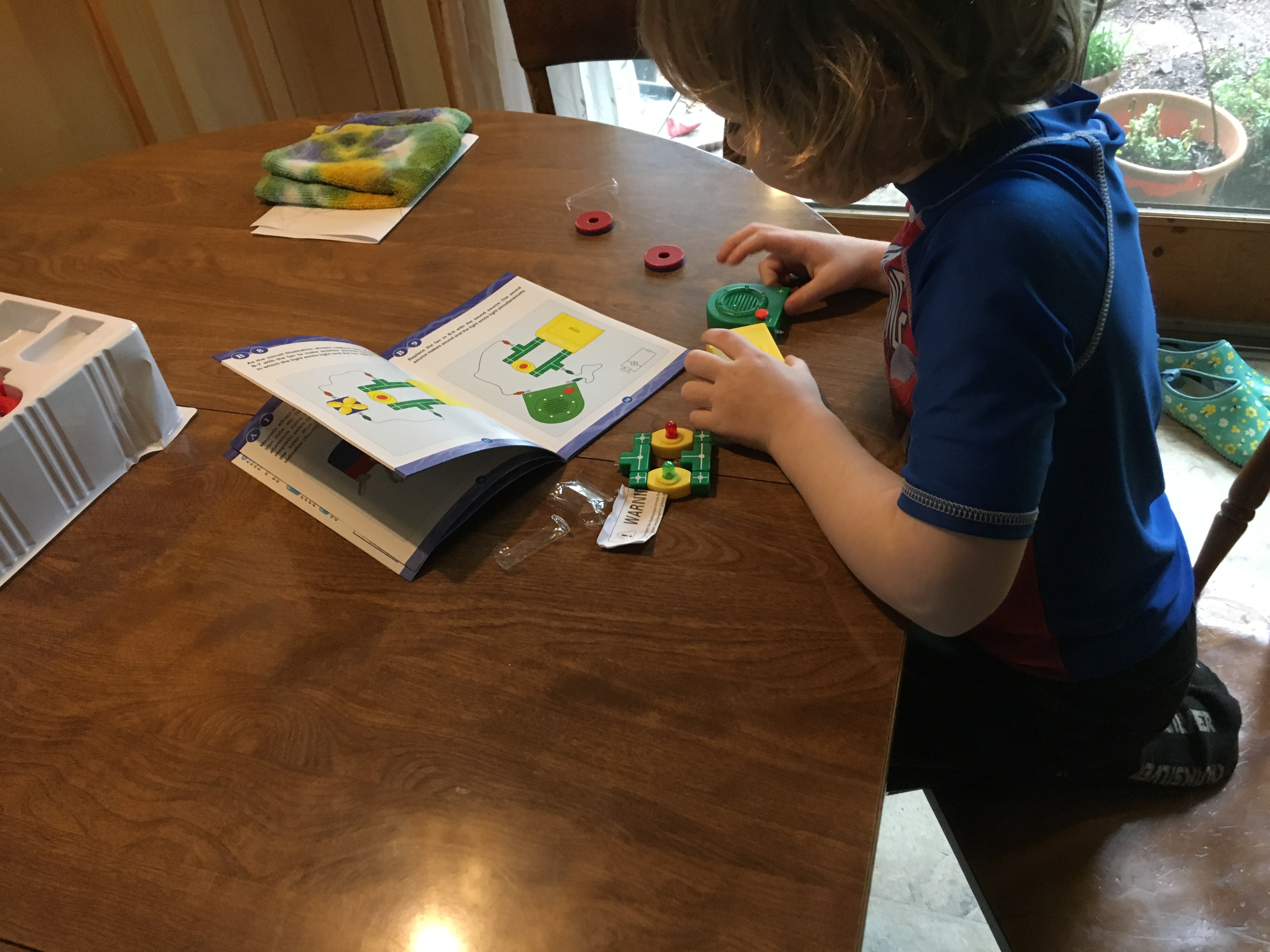I am sound sensitive. I have recently come to the realization that I am probably autistic. But whether I am autistic or not, the fact remains that my interaction with sound is a major force in my life.
One of my favorite things to do is to rest my right ear on the top of the body of my guitar and play one note, and fully listen to the entire sound of the note. From the beginning of the tone out to the very end. I love to be able to fully listen to the resonance of the wood.
And lately, because of a general onslaught of noises and sounds, most sounds have felt way too loud, including the ones that I like. I can only handle striking the strings of my guitar gently now. A normal volume of playing feels painful and overwhelming. I can only listen to shows or music on the lowest two volume settings.
The first time I tried noise cancelling earbuds I had an immediate release of tension. The word that came to mind was “eargasm.” Activating the noise cancellation made me realize just how sensitive I am to sound. So much tension is created in my body and my mind just by everyday ambient noise. I hear EVERYTHING, all the time. The factory a mile away from our house runs at a low hum 24 hours a day, but there is a certain cycle in their production that occurs at four in the morning where the pitch and tone of the hum changes, and gets just a bit louder. Imperceptibly louder to everyone else I know, but I know about this cycle at the factory because it often wakes me up. I hear all the everyday sounds in my house, or anywhere I go. The hum of the refrigerator, its different cycles, the fan blowing in the heater, the other fan blowing in the other heater in the other room, each with a motor that produces a different pitch. The hum of various electronics in the house, and the occasional phenomena of one of the USB chargers “screaming” with its high pitched electronic voice. The tea kettle heating up the tea. The gas range combusting natural gas under a pot of water, or inside the oven. All the different species of birds outside, each vehicle that passes the house, with its own decibel and pitch of rumbling motor. Every creak of my wife’s chair as she works from home in another room, with the door closed. The clicking of the baseboard heater in that room, with the door closed. The swish and scritch of textiles as my kids fidget and bounce their little active bodies on the couch. Every footstep and floor board creak from the second floor of our house as the dog or family members move around the house. Every time a faucet is turned on, the laundry machine runs, or a toilet is flushed and refills. I know whether the hose is on outside, from the sound inside the house. I hear every one of these sounds, but when a new sound starts, it distracts me from my train of thought, the sentence I’m in the middle of speaking, or my ability to process the words being spoken to me by the person sitting right in front of me.
All of that is on top of my awareness of my own body noises. Flatulences and burps aside, I’m talking about how the swish of my hair sliding on the fabric of my raincoat, which is often unbearably loud to me. I can’t wear puffer vests or jackets because of the swish sound that slippery kind of fabric makes when I turn my head and my neck or cheek rubs against the fabric. It’s so loud to me, I can’t hear other people or myself talking over it. The scrafe of my dry skin when my fingers rub together. The sound inside my skull of myself chewing, or drinking, brushing my teeth, swallowing.
Then there is a whole other category of sound: the vibration inside my ears when I take steps on different surfaces, in various shoes. There’s the vibration in my skull and ear canals from the physical movement, and then on top of that there is also the sound itself of the steps I take. Some of those steps, depending on the surface, are lovely and some of my favorite sounds. Walking in boots through dry leaves in autumn is so enjoyable. Others are a bit annoying and I try to lighten my footsteps while on that surface or in those shoes to mitigate the irritation. For the future, I try not to repeat that combination of shoe and walking surface.
If there is other strong sensory input happening, like an unpleasant smell, sounds get louder for me, as does the smell. The two senses receiving input to process at the same time is a challenge for me. A whole mug of hot cocoa spilled on the living room rug yesterday. We cleaned it up with a cleaner and enzymatic odor remover. The cleaner itself had a particular scent. This morning when I walked into that room, I immediately experienced a very strong smell of vomit– the combination of the cleaner and whatever remains of the milky cocoa (even though we definitely thoroughly cleaned the spill). So when I walked into that room because my son wanted to speak to me, I couldn’t process the words he was saying. The volume of the video he was watching seemed very loud to me, due to the sharp smell I was smelling. The volume wasn’t actually loud– it was a completely reasonable and normal volume. I just couldn’t attend to the sound of his words with the competing sensory input of the smell and the din of the video sound. The smell made the sound louder.
Noise cancellation isn’t getting rid of every sound. I have the earbuds in right now, and I can hear the clicking of the keyboard as I type, and I can hear an occasional sound coming from my son’s iPad in the other room. But it’s at a very low decibel, so it is not distracting me like it would without the active noise reduction. I’m not hearing the four or more motor sounds that I normally am acutely aware of all day long.
I don’t know what the waves of bluetooth technology might do to my brain in the long run; maybe I’ll get cancer. But in the meantime, daily life just got a whole lot more doable for me.





















